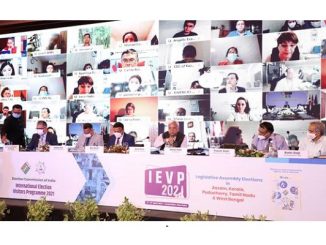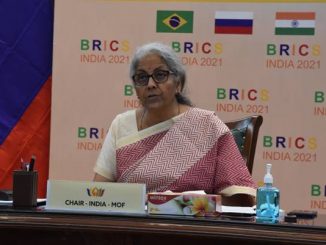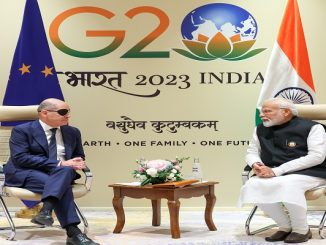
June 15: India today joined the league of leading economies including USA, UK, EU, Australia, Canada, France, Germany, Italy, Japan, Mexico, New Zealand, Republic of Korea, Singapore to launch the Global Partnership on Artificial Intelligence (GPAI or Gee-Pay). GPAI is an international and multi-stakeholder initiative to guide the responsible development and use of AI, grounded in human rights, inclusion, diversity, innovation, and economic growth. This is also the first initiative of its type for evolving a better understanding of the challenges and opportunities around AI using the experience and diversity of participating countries. In order to achieve this goal, the initiative will look to bridge the gap between theory and practice on AI by supporting cutting-edge research and applied activities on AI-related priorities.
In collaboration with partners and international organizations, GPAI will bring together leading experts from industry, civil society, governments, and academia to collaborate to promote responsible evolution of AI and will also evolve methodologies to show how AI can be leveraged to better respond to the present global crisis around COVID-19.
It is pertinent to note that India has recently launched National AI Strategy and National AI Portal and have also started leveraging AI across various sectors such as education, agriculture, healthcare, e-commerce, finance, telecommunications, etc. with inclusion and empowerment of human being approach by supplementing growth and development. By joining GPAI as a founding member, India will actively participate in the global development of Artificial Intelligence, leveraging upon its experience around use of digital technologies for inclusive growth.
GPAI will be supported by a Secretariat, to be hosted by Organization for Economic Cooperation and Development (OECD) in Paris, as well as by two Centers of Expertise- one each in Montreal and Paris.
Source: PIB
Disclaimer: We donot claim that the images used as part of the news published are always owned by us. From time to time, we use images sourced as part of news or any related images or representations. Kindly take a look at our image usage policy on how we select the image that are used as part of the news.


